
Whenever India’s independence is discussed, the mutiny of 1857 comes to mind. There are numerous misconceptions related to 1857. First of all the misconception preached by most newspapers, magazines and history books is that the battle of 1857 was the first war of independence. The second and most important misconception is that this “freedom movement” would not have failed if Sikhs had not betrayed their “country” resulting in the British rule over India for 90 more years. The majority of Indians, without considering the proper facts, have started to believe in these misconceptions. But their knowledge about this “freedom movement” is far from the actual truth. Only a fraction of the truth is being preached by the government.
First War of Independence?
First let’s discuss the first point. Was 1857 the year of first war of independence?
India had been under foreign rule for over 700 years. The first time anyone ever spoke out for freedom in India was Guru Nanak Dev Ji. King Babur attacked India, arrested Guru Nanak Dev Ji and tortured him in many ways because he spoke for freedom. Therefore, that was the beginning of the first freedom battle. Guru Arjan Dev Ji was seen as anti-Islamic by the Mughal government. He was arrested and tortured. He is the first martyr of the freedom movement in India. Guru Hargobind Ji spent many months in prison and fought four battles against Mughals. Guru Tegh Bahadur Ji had no personal issues with the government however he sacrificed himself for freedom of religion and justice. He saved the Hindu religion. Contribution of Guru Gobind Singh Ji to the freedom movement is a unique example that is found nowhere else in the history of the world. He instilled self-confidence, honor, dignity, pride and warrior traits in the people of India. Every Sikh fought against oppression and injustice.
Baba Banda Singh along with other Sikhs established the first Sikh rule in Punjab and fought against the Mughal government and later on sacrificed himself for freedom. Even after his martyrdom, numerous battles were fought, sword fought sword, bullet fought bullet; the blood of thousands of Sikhs was spilled but this freedom group never stopped. Sikhs were cut into pieces, bricked alive, sawn in half, boiled alive, burnt alive, and crushed on spinning wheels but all this was for what? It was for freedom. It was a fight for a free life or death. Nawab Kapoor Singh, Sardar Jassa Singh Ahluwalia, Sardar Jassa Singh Ramgharia, Maharaja Ranjeet Singh, Sardar Hari Singh Nalua, Akali Phoola Singh, Sardar Shaam Singh, Bhai Maharaj Singh…..the list goes on. These true warriors never let foreign rulers sleep peacefully.
Foreigner invaders like Ahmad Shah Abdali attacked India nine times butthe latter always faced resistance in Punjab. Not a single Hindu or Muslims king could stop him. It was Sikhs who fought him and freed many Hindu slave women and children. Up to the Satluj river, Punjab had become part of Afghanistan. Sikhs took it back and reattached it to India. Hundreds of years of foreign attacks were put to a stop forever by the Sikhs. At that time no Hindu army came forward to help Sikhs in the cause of freedom. Rather, they helped Muslims in every battle. It was the Sikhs who ended the long Mughal rule in India and established their own kingdom in northern India but due to the betrayal by Dogras, Sikh kingdom was annexed by the British in 1849.
Bhai Maharaj Singh was the first Sikh to go to every village and city to preach for freedom and start a freedom movement against the British rule. Before he could organize the army that consisted of mostly Sikhs, he was arrested. He was exiled from the country. He died in the jail a couple of years later. In 1850, more than 50 Sikh regiments protested against the British rule and tried to start another war but Charles Campier controlled the situation beforehand and another mutiny died before it could start.
After that incident, Baba Ram Singh inspired hundreds of people to boycott British goods and material. This was the first peaceful freedom movement against the British. He appealed to the people, "Do not accept service from the government; do not send children to government schools; do not go to court of law but settle disputes by reference to panchayats (village council); do not use foreign goods; and do not use government postal services." No one outside of Punjab took part in this movement. Baba Ram Singh was arrested and his companions were blown up by the canons. Gandhi’s movement was not anything new. Rather it was everything that Baba Ram Singh had started more than 70 years before him.
After all these struggles how can one still call 1857 mutiny to be the “first freedom movement?” Clearly, Sikhs were the first community to start the freedom movement in India during Mughal and the British Empire.
Continued...
Excerpts taken from:
“Did Sikhs betray in 1857” by Professor Inder Singh
and “Was the Indian slavery due to Sikh betrayal”
Views and opinion expressed in guest editorials/columns are of the author and do not necessarily reflect the view or opinion of Panthic.org or Khalsa Press.


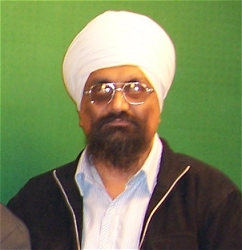
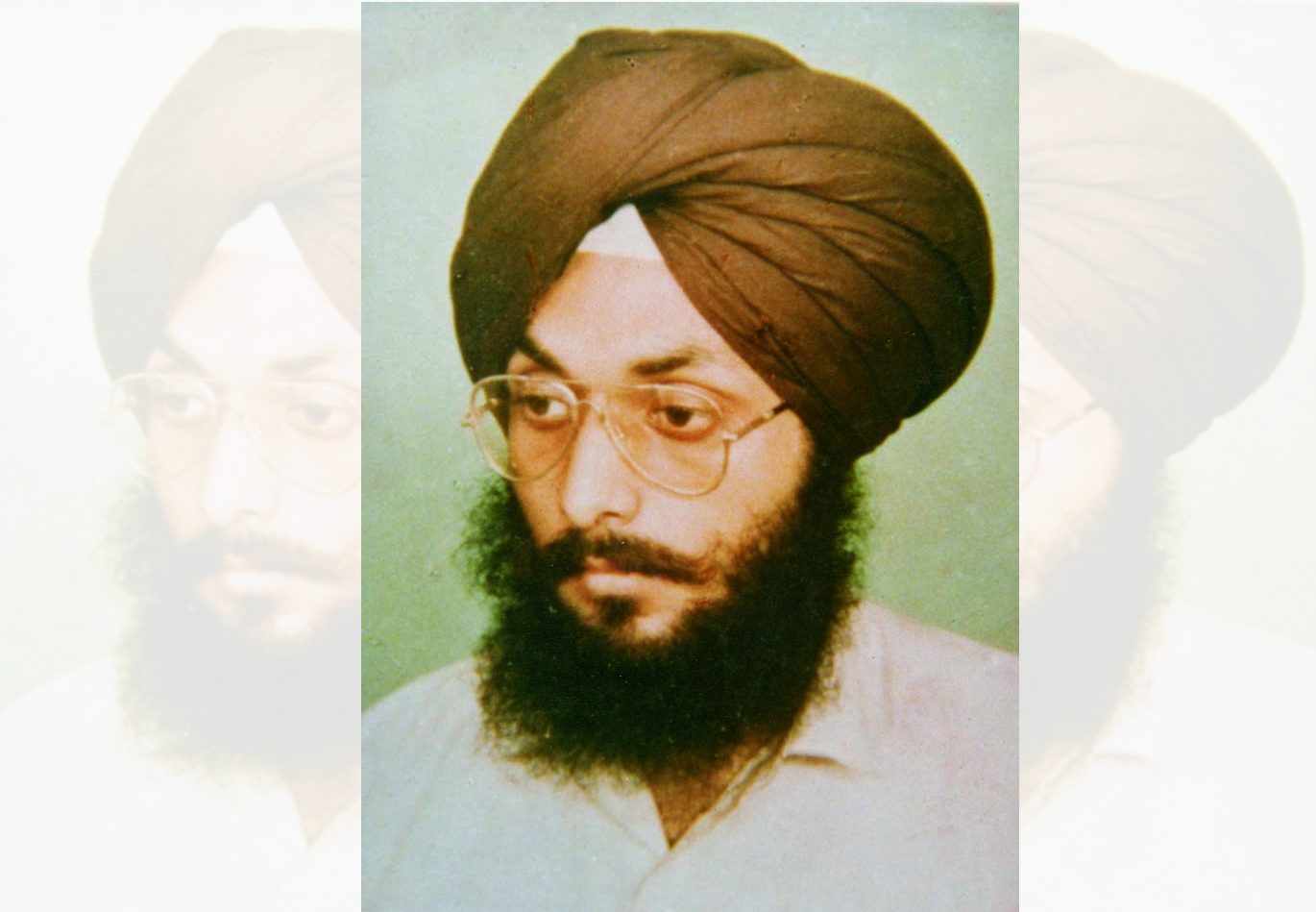

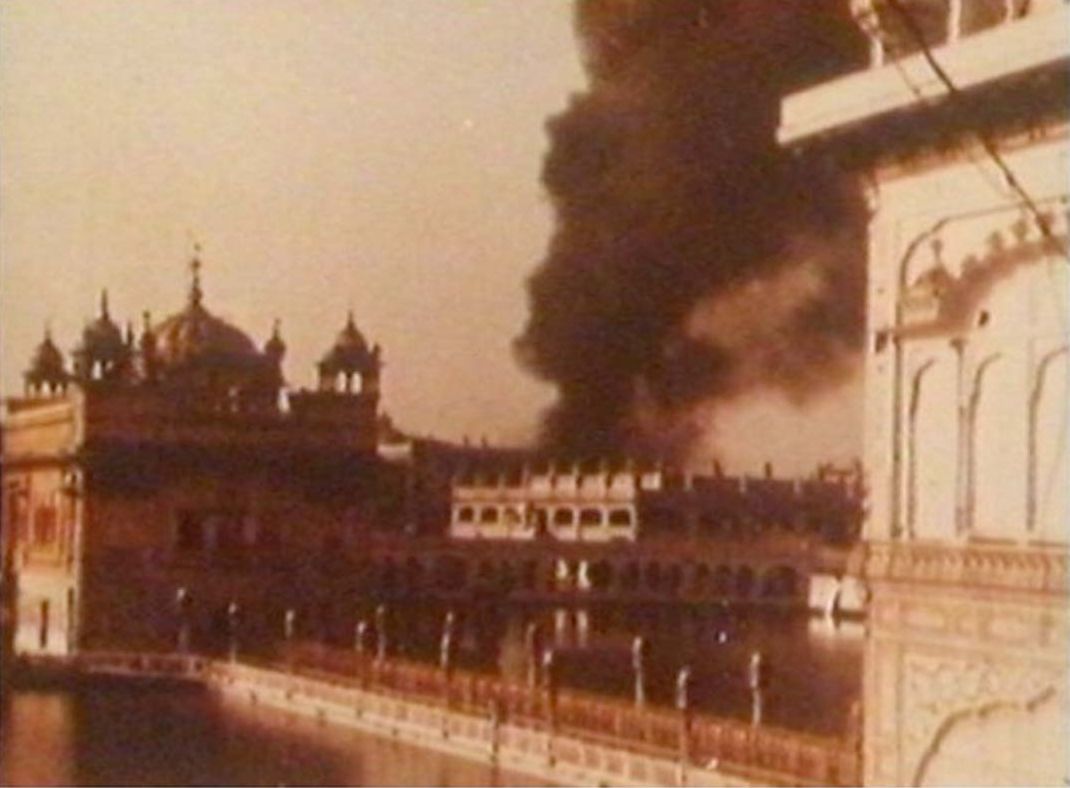
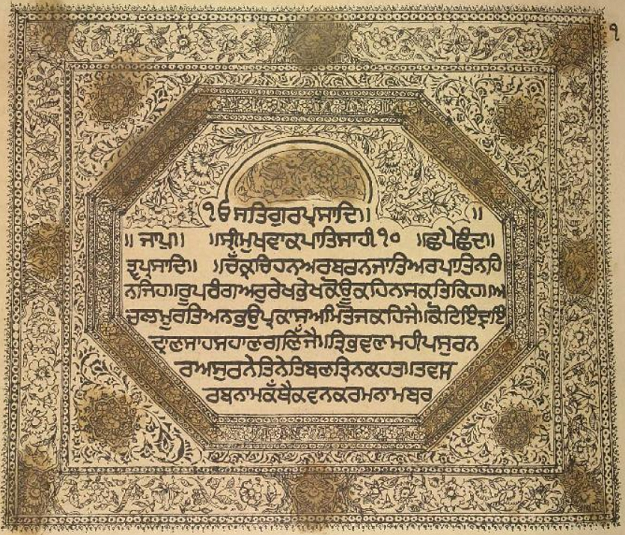
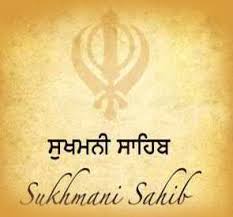
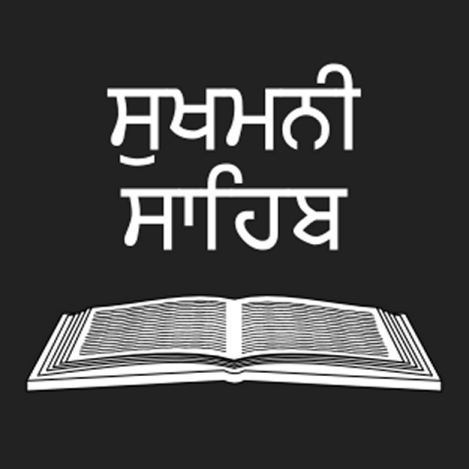
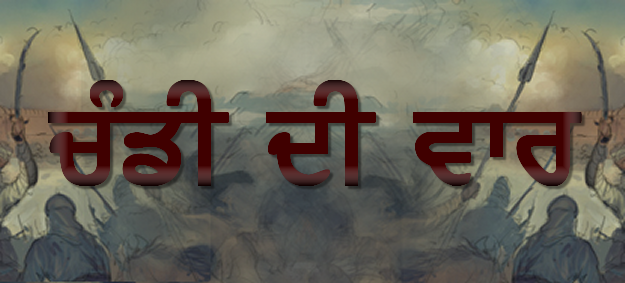
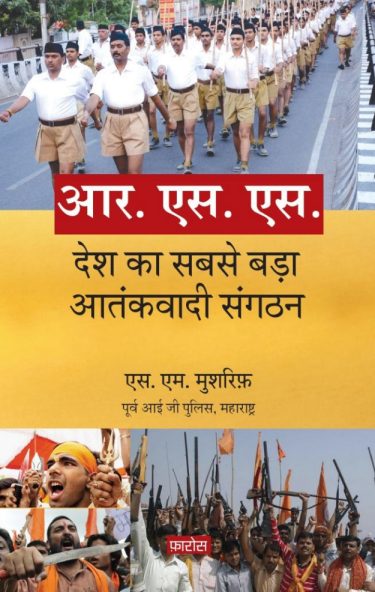
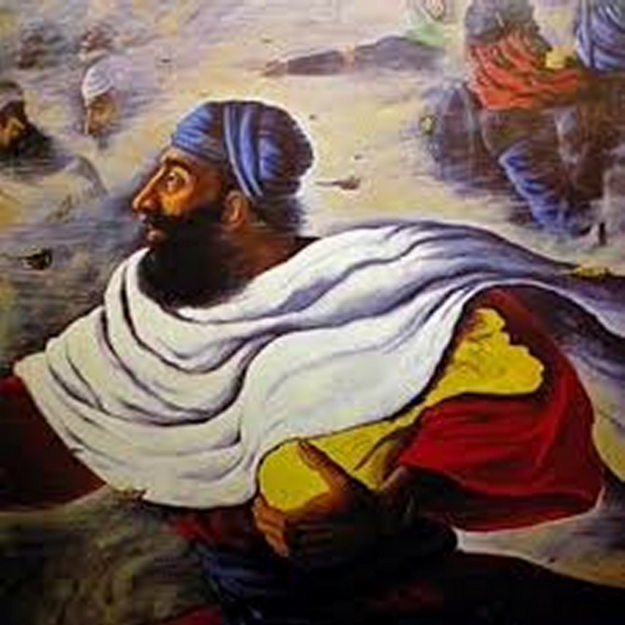
Hi
I have gone through the Article here, Truth Behind 1857, part 1,2 & 3. I doubt there were any religious sentiments in that but at the same breath I agree with the point what you tried to make. I believe it gave me some insight about our history which they forgot to teach me when I was in school.
Thanks & Regards,
Anil